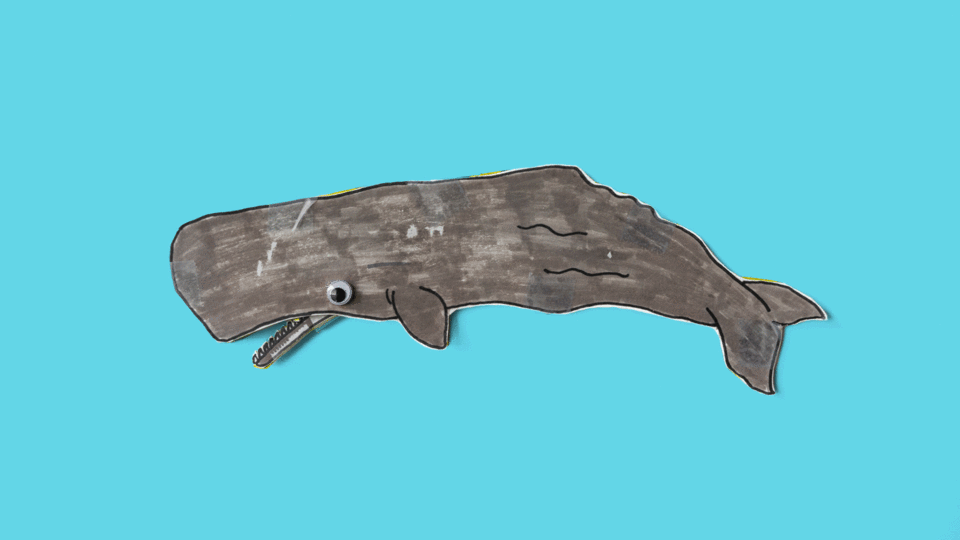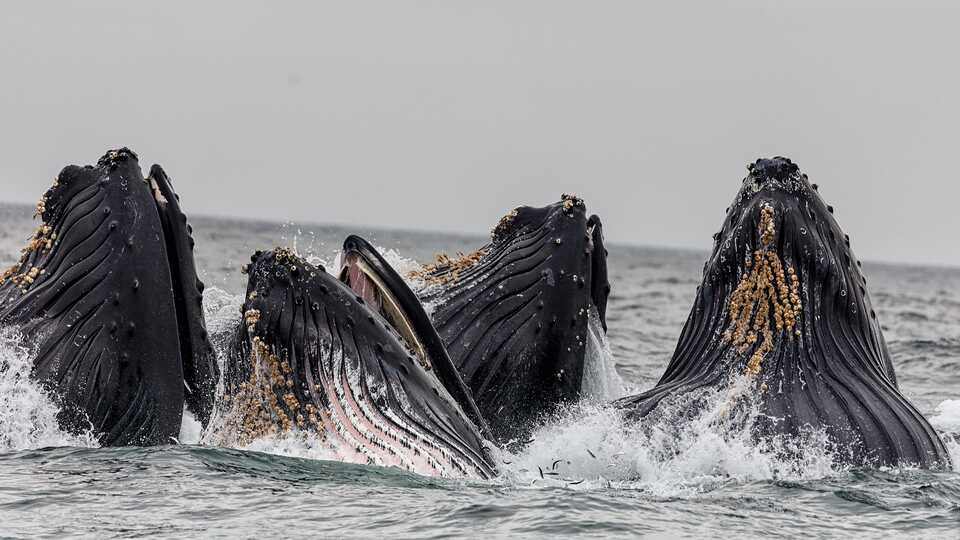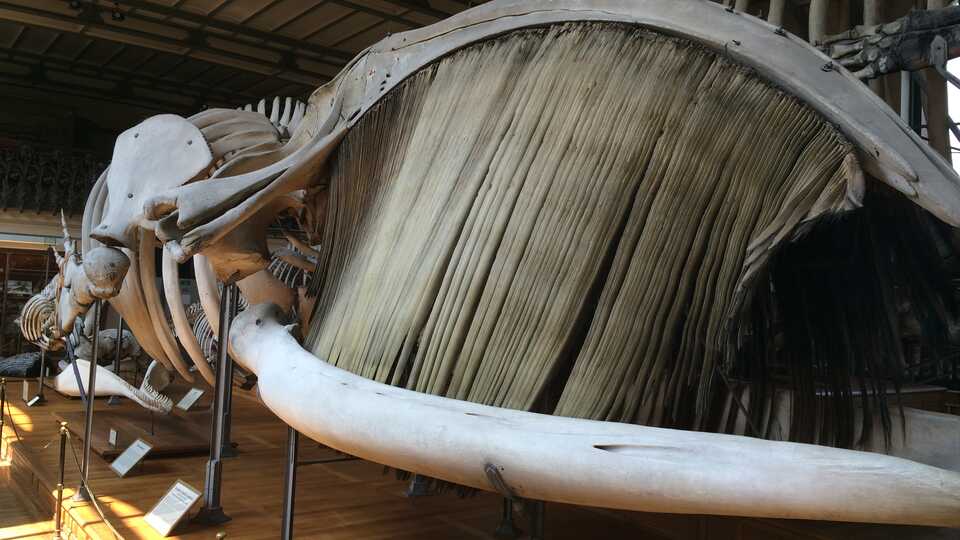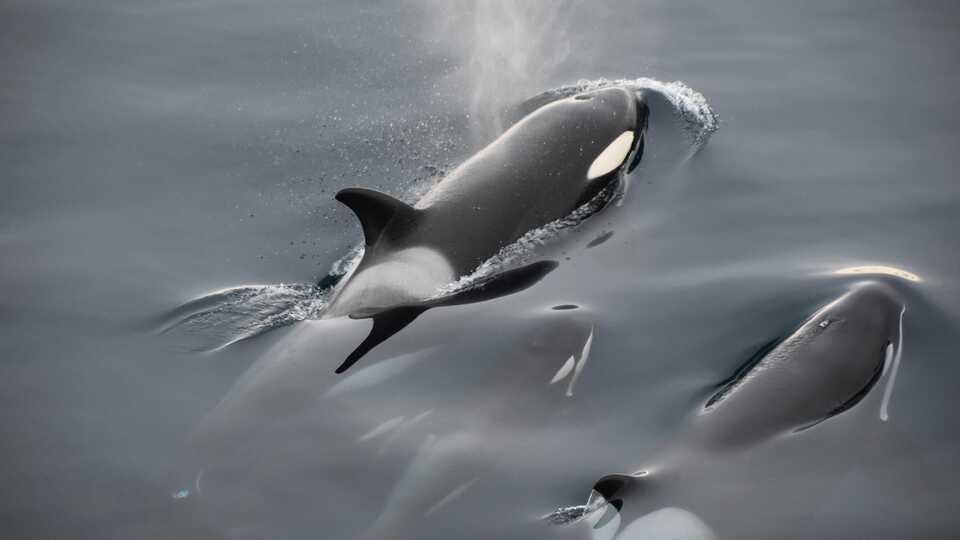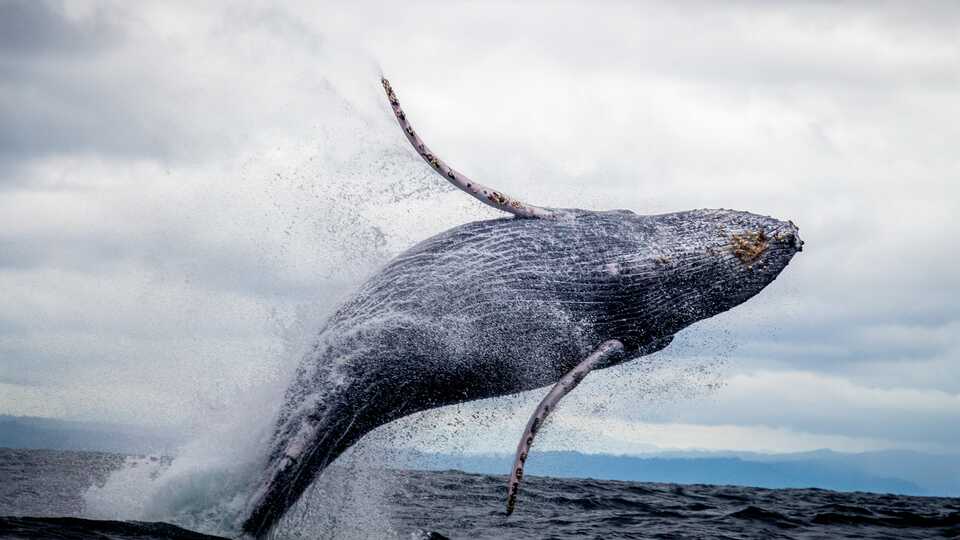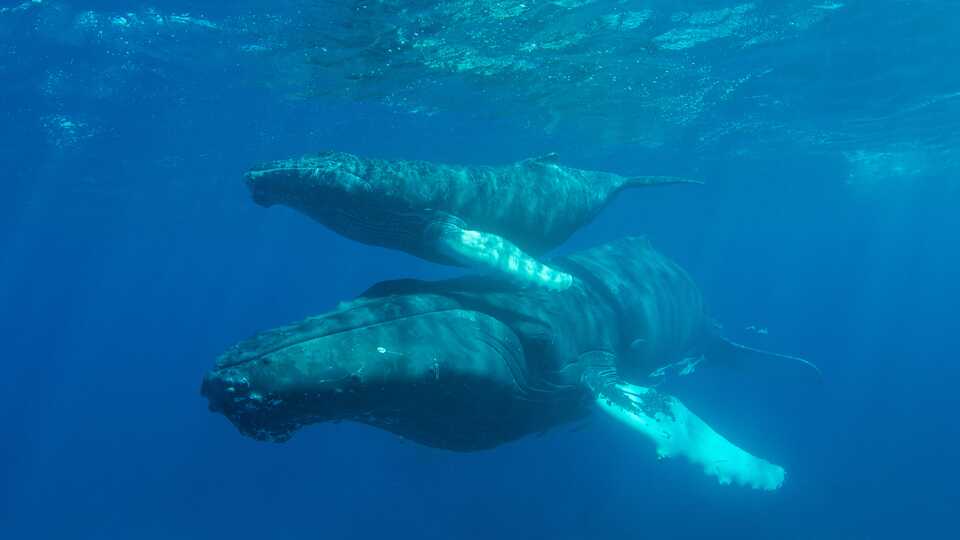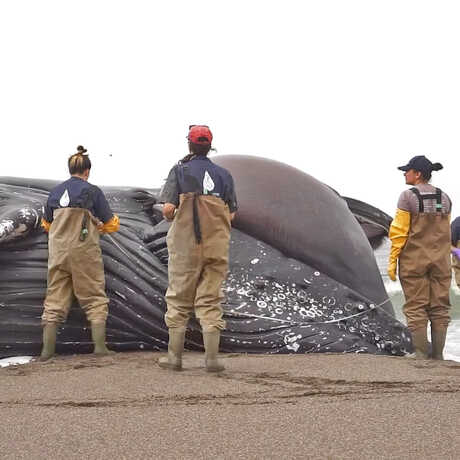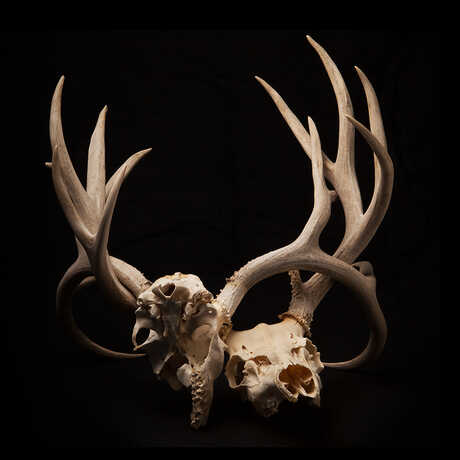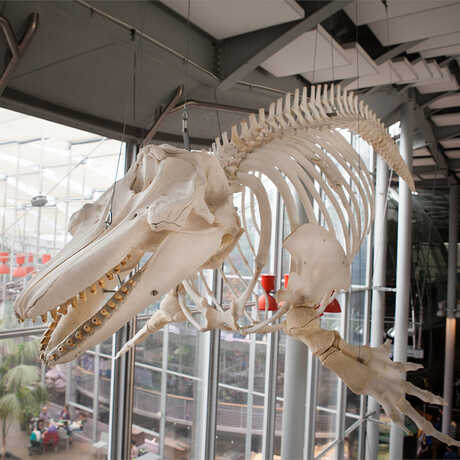From their record-breaking migrations to their haunting undersea songs, cetaceans—whales, dolphins, and porpoises—are as captivating to humans as they are critical to ocean ecosystems. Connect with these charismatic creatures through a week of guided videos, crafts, activities, and more.
(Please note: While Science @ Home activities are designed to be conducted by kids, some little ones might need adult help with reading instructions and preparing crafts).
